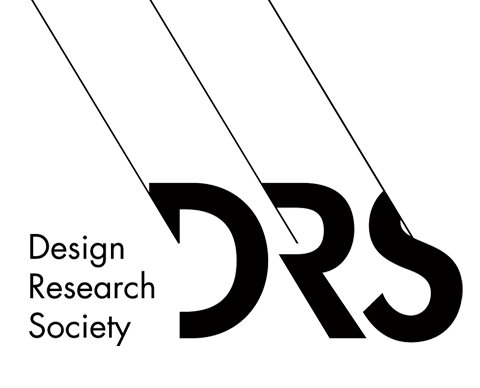Abstract
In recent years, design in the public sector has gained popularity amongst policymakers as well as among scholars. Design is perceived as a promising way to create more successful policies and public services. Out of many different approaches, design thinking (DT) has become significantly popular, as it promises to deal with wicked problems in a new way. Despite growing popularity, however, a critical reflection on benefits and challenges, as well as about different understandings of DT practices in public sector, are still lacking. Therefore, this paper aims to investigate different ways public organisations engage and introduce DT. In this paper we present 3 different municipalities in Denmark and the way design and DT is understood and implemented in organizational work practices. Our contribution to theory is twofold. First, our research responds to the recent call of different researchers to investigate how DT is operationalised and drawn upon in practice by different organizations in the public sector. Second, our research contributes to the design field, by showing barriers of implementations, different benefits and challenges connected with design implementation in organisations with no prior experience in design.
Keywords
design, design thinking, design science, co-creation, public policy, public administration
DOI
https://doi.org/10.21606/drs.2022.517
Citation
Starostka, J., and De Götzen, A. (2022) “What a designer does in a municipality?” Different approaches towards design in three Danish municipalities, in Lockton, D., Lenzi, S., Hekkert, P., Oak, A., Sádaba, J., Lloyd, P. (eds.), DRS2022: Bilbao, 25 June - 3 July, Bilbao, Spain. https://doi.org/10.21606/drs.2022.517
Creative Commons License

This work is licensed under a Creative Commons Attribution-NonCommercial 4.0 International License
Conference Track
Research Paper
Included in
“What a designer does in a municipality?” Different approaches towards design in three Danish municipalities
In recent years, design in the public sector has gained popularity amongst policymakers as well as among scholars. Design is perceived as a promising way to create more successful policies and public services. Out of many different approaches, design thinking (DT) has become significantly popular, as it promises to deal with wicked problems in a new way. Despite growing popularity, however, a critical reflection on benefits and challenges, as well as about different understandings of DT practices in public sector, are still lacking. Therefore, this paper aims to investigate different ways public organisations engage and introduce DT. In this paper we present 3 different municipalities in Denmark and the way design and DT is understood and implemented in organizational work practices. Our contribution to theory is twofold. First, our research responds to the recent call of different researchers to investigate how DT is operationalised and drawn upon in practice by different organizations in the public sector. Second, our research contributes to the design field, by showing barriers of implementations, different benefits and challenges connected with design implementation in organisations with no prior experience in design.

